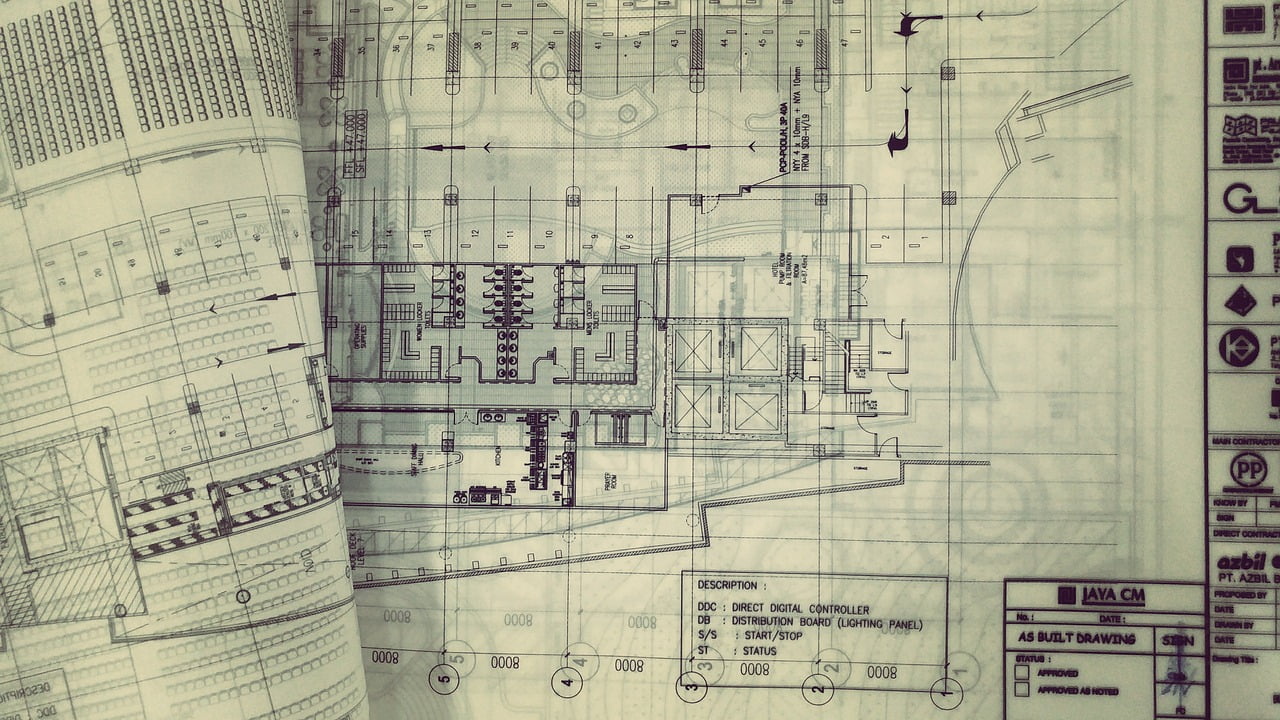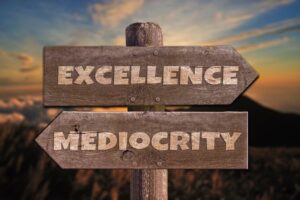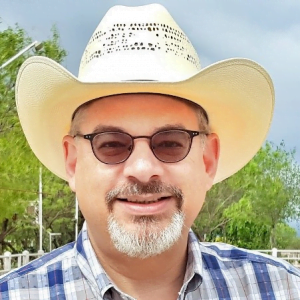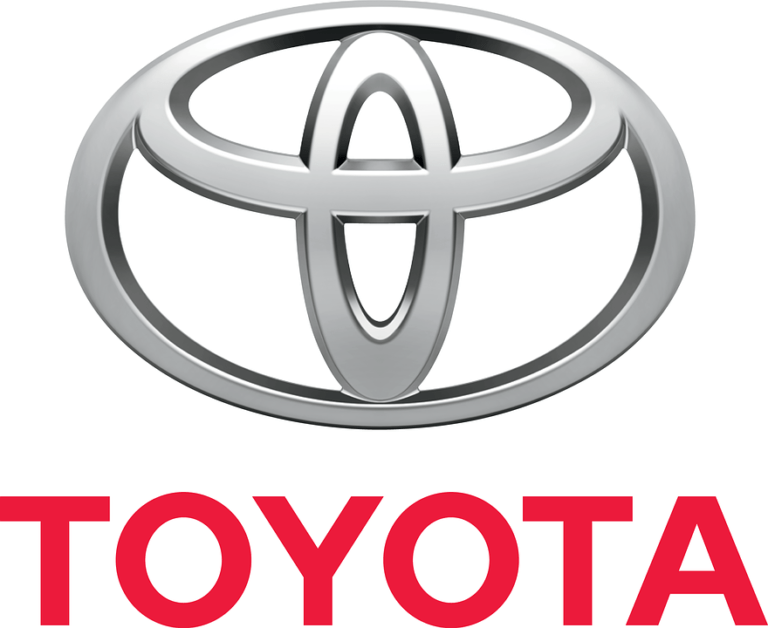Best Practices for Designing and Deploying an Operational Excellence Program
These approaches can also be applied to Continuous Improvement, Lean, or Six Sigma Programs.
I started my first business, XONITEK, in August of 1985. I still own its latest incarnation located in Jackson Wyoming. Having owned my own businesses for the last 37 years makes me uniquely unemployable. Perhaps that could change given the right circumstances (whatever that might be); just like the players leaving the PGA for LIV.
Since then, I have been keenly interested In helping companies leverage the disciplines of Operational Excellence to become higher-performance organizations; not just optimized vertically within swim lanes, but horizontally integrated. In essence I want to help organizations operate better – more effectively and efficiently – as organizations.
The first incarnation of my business specialized in systems integration; the engineering of networks and integrated devices. This business offering sunset by 1995. The second incarnation of XONITEK’s offerings specialized in the installation and consulting associated with Enterprise Requirements Planning (ERP) solutions. And this business offering sunset by 2005.
This is not to say we no longer have the capabilities, because we do. And we still offer these services as a consultancy. The only real difference is that we no longer sell the hardware and software, just offer the consulting services. Our experience having delivered such systems in the past makes us uniquely qualified to be someone’s “Sherpa” on their own journey.
But in 2002, we set a new path and started to build a practice that de-emphasized technology and instead focused on the people (improving their skillsets and creating a culture of problem solving and leadership) and their organizations (starting with process improvement, then systems thinking, then organizational design).
Most people talk about People, Processes, and Technology; but it is almost always practiced in the opposite direction. A company will purchase some technology, then build a bunch of processes around it, then introduce the people. Almost a guarantee that doom awaits.
Most organizations believe their competition is the enemy. I believe that is not usually true.
Rather, I believe that time is the enemy. And the company that can see further beyond the horizon, recognize opportunities and threats sooner, devises and deploys decisive responses faster, and understands the capacities and capabilities of their organizations will have the competitive advantage.
I have written and produced a considerable amount of material dedicated to those who wish to build and be part of a high-performance organization. As such, I am creating this “evergreen” page as a central repository for my operational excellence blueprint material. By evergreen, I mean that I will updated it from time to time as a I create additional content and materials.
About me and my consultancy, XONITEK;
Click here to a page that contains all of my vehicles for change; platforms, interests, and endeavors.
Click here to the landing page to my biography that includes details on my “State of Readiness” workshop and master class along with some select stand-alone plenary sessions.
Click here to the landing page for the capabilities statement of XONITEK. In addition to helping companies with spot improvement needs, our expertise is helping companies design and deploy (or re-design and re-deploy) their operational excellence or continuous improvement programs.
About Operational Excellence;
Our working definition of Operational Excellence is; “Operational Excellence is a state of readiness that is attained as the efforts throughout the organization reach a state of alignment for achieving its strategies; and where the corporate culture is committed to the continuous and deliberate improvement of company performance AND the circumstances of those who work there – and is precursor to becoming a high-performance organization.”
Click here for an article that details why we don’t believe that operational excellence is anything new. It has been demonstrated time and again over the course of history. Every time a group of individuals conquer the unconquerable, do the undoable, achieve the unachievable; it’s a demonstration of operational excellence.
My observations and learning over the years eventually resulted in the publishing of my book, “State of Readiness”. It has been endorsed by senior leaders at some of the most well-respected organizations in the world. Click here to get go to the book’s website, where you will also find the ”State of Readiness” podcast I produce; a “fireside chat” between me and a select industry leader.
Click here to get a briefing on “State of Readiness”, an introduction to the concepts contained in the book. Or you can click here to obtain the introduction and first chapter of the book.
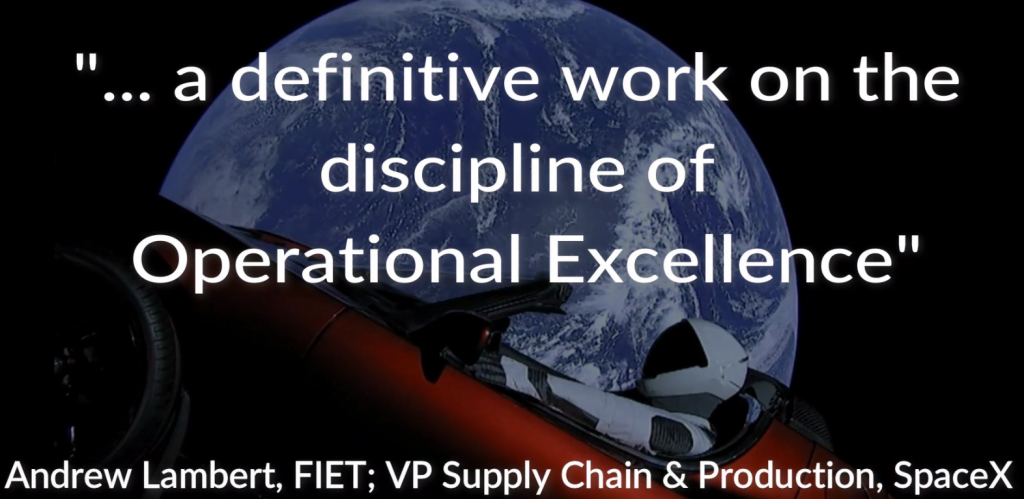
Gaining alignment – establishing the “lighthouse” for your Operational Excellence or Continuous Improvement Program
Most organizations talk about launching (or re-launching) an operational excellence or continuous improvement program but they really do not know what the end results might be. My article on the nine questions to ask will help establish a personal lighthouse for your program.
If you really want to obtain alignment and gain commitment in support of your operational excellence program, you really need to learn and understand the language of the C-Suite. My article on CEOs and their Sausages will offer you valuable insights on how to speak with the C-Suite and gain the support you need for your operational excellence program.
Click here for my article for an Operational Excellence Maturity Model. This article will walk you through the three stages of maturity for an operational excellence program with details and the characteristics and capabilities at each level.
Click here for my article on culture change and sustainability. This is an invaluable article designed to gain alignment between senior executives and operational excellence program directors. It details the level of effort and investment over time necessary to support an operational excellence program as compared to the Return on Investment (ROI) and sustainability achieved.
Click here for my article on changing an continuous improvement initiative into a global operational excellence program. The key to success here is not to create a massive corporate department devoted to operational excellence, but rather create embedded talent at the point of presence. We accomplish this by giving additional problem solving and leadership skills to the people already there. Assign additional roles and not by adding headcount.
Of course, we know designing and deploying an operational excellence program is hard; right? I said, RIGHT?! But “life is hard. It’s harder when you are stupid” – John Wayne. Click here for my article on choosing your hard.
You can click here to receive my whitepaper on the Operational Excellence Enterprise Readiness Model for your consideration. It is quite detailed and should get you pointed in the right direction; at least offer insights for your consideration.
Avoiding the peril and the accompanying doom that awaits
Soon after the COVID pandemic started I began receiving inquiries to speak with directors of operational excellence programs who had their programs decimated, or those who were summarily dismissed. Each of them reached out to me to gain my perspective on their situation, what had happened, and what they needed to do next. Click here to read my eulogy of a continuous improvement program.
So many continuous improvement programs concentrate their efforts and cost savings. But what if cost savings was not enough? And what if the amount of costs saved versus the overarching budget was rather embarrassing. Click here to read my analysis of NASA’s continuous improvement program.
And click here to read my article on the importance of establishing success criterion to gain (and retain) alignment and commitment (ready, aim fire), versus the approach for launching most operational excellence programs (ready, fire, aim).
Building Muscle – distributed Capacity and Capability
There is not a business on Earth that needs something custom created from scratch to help run their business operations; especially those who decide to use internal resources. For instance, say you are a start-up company that makes batteries; do you need to really need to custom-create an ISO-9000 system from scratch? It makes you wonder; do you make batteries – or do you make software solutions. Click here if you believe, you are unique, but not special.
You need to build muscle across your organization if you want to scale the impact. If done properly and smartly using an integrated learning approach, building the muscle will never cost your organization a dime; from day one, it will more than cover the investment requirements, and a magnitude more. Integrated learning is exactly like attending a “virtual university”. There are calls to class where a live instructor will engage the students for both the delivery of the concepts and for their support. Then the students will self-study with readings, videos, and exercises. And they will work on a capstone project to apply the skills they are learning.
So, click here to learn how to; build organizational capacity and capability – for free. Click here to learn the importance of scaling and sustaining your training and education program and how to go about it.
However, having a training program that doesn’t cost, or whose impact is measured by the one project the participant works on for as their practical will not gain the attention of corporate finance. They will (eventually) want to know the impact of the program, and you need to show real impact if you don’t want your program starved of oxygen. Click here to learn the importance of a project review board.
As I mentioned at the beginning, this is an “evergreen page” where there will be more content added and updated over time. So come back periodically to see what’s new.
About the Author
Paris is an international expert in the field of Operational Excellence, organizational design, strategy design and deployment, and helping companies become high-performance organizations. His vehicles for change include being the Founder of; the XONITEK Group of Companies; the Operational Excellence Society; and the Readiness Institute.
He is a sought-after speaker and lecturer and his book, “State of Readiness” has been endorsed by senior leaders at some of the most respected companies in the world.
Click here to learn more about Joseph Paris or connect with him on LinkedIn.

